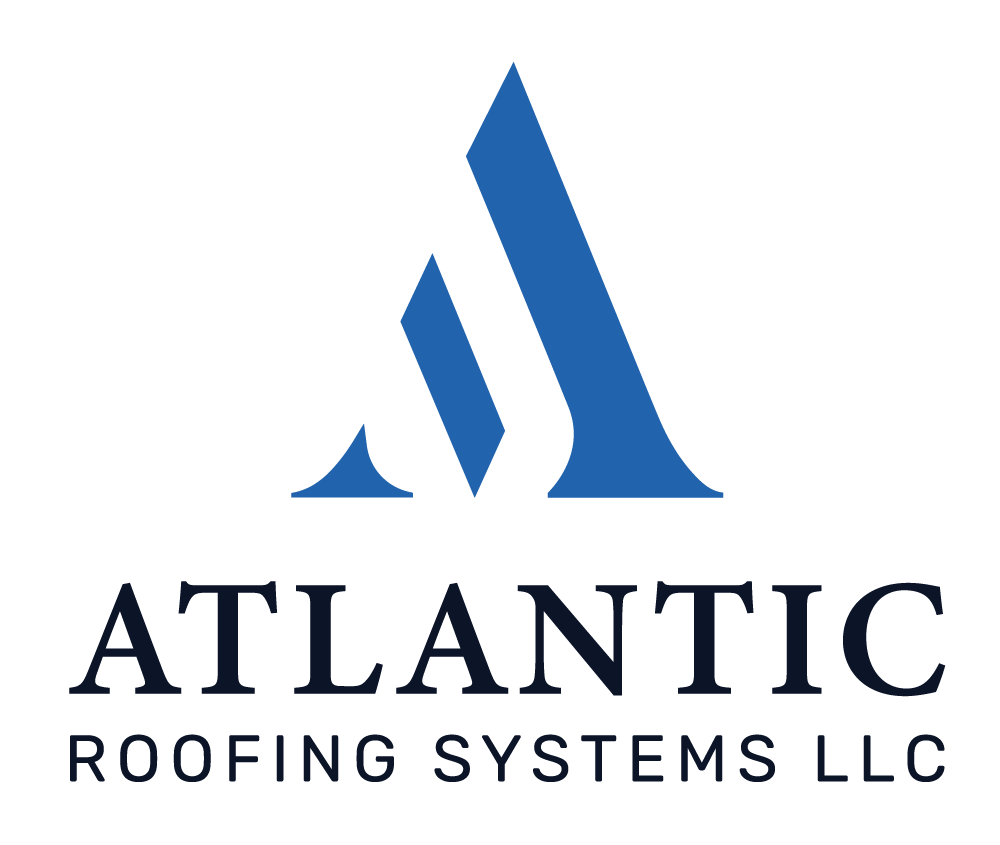The Pros and Cons of Shingle Roofing: Making an Informed Decision
Introduction
When it comes to roofing options, shingle roofing remains one of the most popular choices for homeowners. Shingle roofs offer a classic, timeless look and a range of benefits that make them an attractive option. However, like any roofing material, shingle roofs also come with their own set of pros and cons. In this blog post, we'll explore the advantages and disadvantages of shingle roofing to help you make an informed decision for your home.
The Pros of Shingle Roofing
1. Aesthetic Appeal
Shingle roofs are known for their classic and attractive appearance, which can enhance the overall look and curb appeal of a home. They come in a variety of colors, styles, and textures, allowing homeowners to choose a design that complements the architectural style of their property.
2. Affordability
Compared to some other roofing materials, such as metal or tile, shingle roofs are generally more affordable. This makes them a popular choice for homeowners on a budget who still want a durable and reliable roofing solution.
3. Easy Installation
Shingle roofing is relatively straightforward to install, which can help keep installation costs down. Many homeowners choose to hire a professional roofing contractor, but some DIY-inclined homeowners may even be able to install a shingle roof themselves.
4. Durability
Modern shingle roofs are designed to be highly durable and can withstand a range of weather conditions, including heavy rain, snow, and high winds. With proper maintenance, a well-installed shingle roof can last for several decades.
5. Low Maintenance
Compared to some other roofing materials, shingle roofs require relatively low maintenance. Homeowners only need to periodically inspect the roof for any damaged or missing shingles and address any issues promptly.
6. Fire Resistance
Many shingle roofing products are designed to be fire-resistant, providing an added layer of safety and protection for your home.
The Cons of Shingle Roofing
1. Limited Lifespan
While shingle roofs can be durable, they generally have a shorter lifespan compared to some other roofing materials, such as metal or tile. Depending on the climate and weather conditions, a shingle roof may need to be replaced every 20 to 30 years.
2. Susceptibility to Damage
Shingle roofs can be more vulnerable to damage from severe weather events, such as hail, heavy rain, or high winds. Damaged or missing shingles can lead to leaks and other roofing issues.
3. Environmental Impact
Shingle roofs are generally made from petroleum-based materials, which can have a higher environmental impact compared to some more eco-friendly roofing options, such as metal or tile.
4. Potential for Moss and Algae Growth
In humid or moist climates, shingle roofs can be more susceptible to the growth of moss and algae, which can detract from the appearance of the roof and potentially lead to premature deterioration.
5. Limited Insulation Value
Shingle roofs, on their own, do not provide a high level of insulation, which can impact the energy efficiency of a home. Additional insulation may be required to improve the overall thermal performance of the roof.
Factors to Consider When Choosing Shingle Roofing
When deciding whether shingle roofing is the right choice for your home, there are several factors to consider:
Climate and Weather Conditions: Evaluate the typical weather patterns and environmental conditions in your area, as these can impact the durability and performance of shingle roofs.
Budget: Determine your budget for the roofing project, including both the material costs and the installation expenses.
Desired Aesthetic: Consider the overall architectural style of your home and the specific look you're aiming to achieve with your roof.
Energy Efficiency: If energy efficiency is a priority, factor in the potential need for additional insulation or other measures to improve the thermal performance of your shingle roof.
Maintenance Requirements: Assess your willingness and ability to regularly inspect and maintain the shingle roof over time.
Lifespan Expectations: Understand the typical lifespan of shingle roofs and how that aligns with your long-term plans for the home.
Conclusion
Shingle roofing offers a range of benefits, including aesthetic appeal, affordability, and ease of installation. However, it's important to weigh the pros and cons carefully to determine if it's the right choice for your home. By considering factors such as climate, budget, and long-term maintenance requirements, you can make an informed decision that will protect your home and provide you with a reliable, attractive roofing solution.


